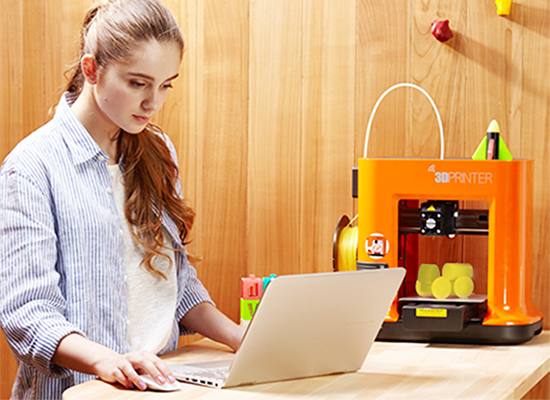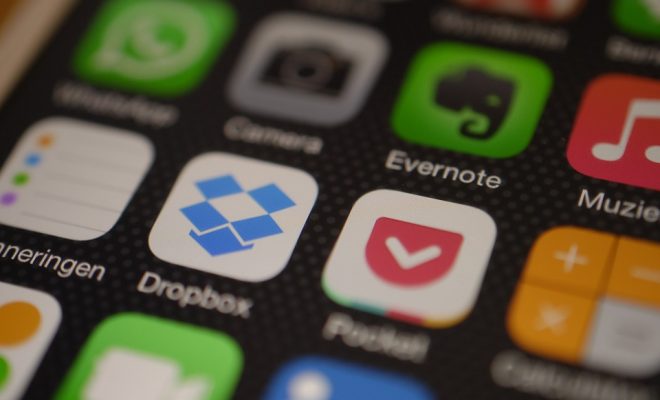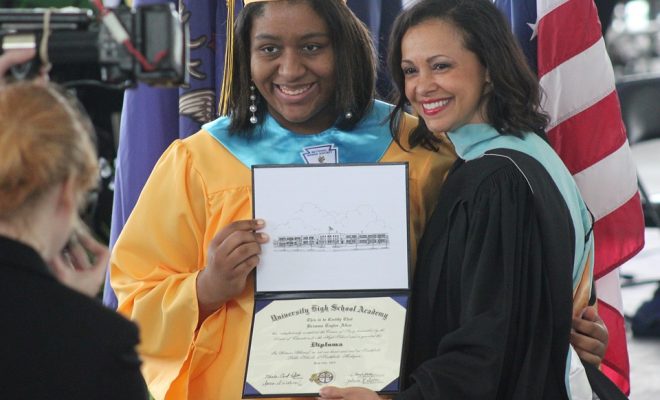Is EdTech Really Transforming Education?

It’s no surprise that technology has changed the way we live in the world. It’s transformed everything from the way we form relationships, shop, do business and think about education. Whether we like it or not, technology and EdTech are altering the way teachers teach, and students learn. Whether it be the implementation of the latest devices into a classroom or the use of the internet for valuable learning tools, EdTech is here to stay.
Many students today may not see this transformation because they have grown up with rapidly evolving technology and the ability to have access to information at their fingertips. Teachers and parents, on the other hand, have gotten the chance to see the evolution of technology and education first hand. In just the past decade alone, the use of technology and mobile devices in the classroom has rapidly increased. No longer are the days of highlighting passages in textbooks and taking notes with a pencil. Read below for ways that EdTech is transforming education for the better.
Communication
It’s now easier than ever for teachers to communicate with parents and students, and vice versa. With the mobility of email and text messaging on smartphones, teachers can remind students and parents about homework, progress reports, and upcoming assignments in a matter of seconds. Parents can now stay more informed about their children’s progress in school and what they are learning. They don’t have to make the hike up to school for parent-teacher conferences that only happen once a quarter anymore. Technology has even transformed the way students can communicate with each other. It’s easier for them to collaborate and discuss assignments outside of the classroom.
Inclusion
Through the power of technology, more and more students with disabilities are now able to be included into the mainstream classroom. Technology like videos and games specifically designed with these students’ needs in mind can incorporate students into lessons and allow them to feel included with the rest of their peers. If a student has trouble writing on their own, technology can help them easily take notes or record lessons. Both teachers and students benefit from technology’s inclusive features that make learning accessible to everyone.
Interactive Lessons
Students these days get bored easily, they crave the immediate gratification that social media and video games give them. This is why outdated teaching tools like textbooks and lectures aren’t enough to keep students engaged anymore. With the help of technology, teachers are able to create interactive and engaging lessons for a wide variety of subjects. Technology like tablets, laptops, and computers are being incorporated into classrooms to make learning fun and creative. Some higher education classrooms are even beginning to use technology like robotics, 3D printing, and virtual reality to engage students and prepare them for the future.
Digital Media
Going back to the idea that students are easily bored in the classroom, digital media is bringing exciting new tools for teachers to engage them with. Things like videos, pictures, slideshows and gifs use a variety of media to capture students’ attention and make learning fun again. Any teacher can easily tell a student about a historic event, but having them watch it happen on video brings a sense of immersion to the learning process. With free tools like Youtube and TED Talks, along with countless other online resources, teachers have access to an infinite wealth of information and digital media to enhance students’ understanding of topics.
Resources for All
Textbooks and database subscriptions can be expensive, and many public-school districts do not have the funding to purchase these tools for students. With the internet, learning has become accessible and free to every student. With the introduction of electronic textbooks, mobile applications and other electronic resources, schools are able to purchase valuable tools at lower costs. They can also afford to purchase the latest tools and updates, as it’s much more cost-efficient to download the new version of a book than to order hundreds of new physical textbooks. Thanks to technology, students of all economic backgrounds now have access to the same information and opportunities.
Collaboration
Just like with communication, technology has changed the way both students and teachers can collaborate. With helpful applications and online tools, teachers can work together from the comfort of their own homes to share lesson plans, worksheets, and ideas with one another. This lightens the loads for teachers who are constantly having to come up new ideas and content for lesson plans, especially with the plethora of resources available on the internet and from teachers across the globe.
Bottom Line
There’s no doubt that EdTech is transforming education before our eyes. From the way teachers communicate with parents, to the way students are engaged in the classroom, EdTech has a large impact on the modern world of education.





